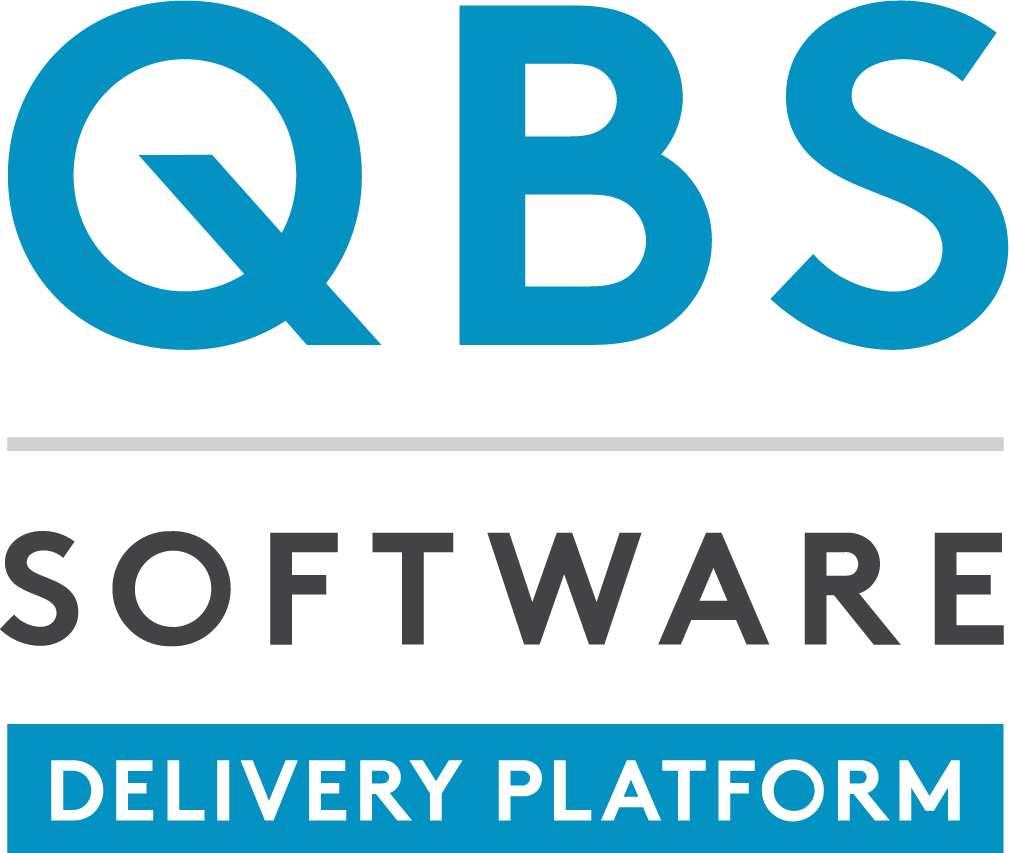
Need more information on this product?
Please contact us on +44 (0)20 8733 7100 or via our online form.
If you are not currently a customer, you can apply for an account.
ActiveX DLL callable from VB with advanced stats analysis functionality.
Total VB Statistics offers a wide range of statistical functions for Visual Basic programmers using Microsoft Jet Engine databases. Any Access/Jet table or linked table such as SQL Server, dBase or Paradox table can be analysed. Multi-table Select Queries and an unlimited number of records can be analysed. Total VB Statistics eliminates the need to export data to other programs for statistical analysis. Perform a wide range of statistical functions with all results in Microsoft Access tables. View, sort, query or display the results and add it to reports. Total VB Statistics comprises two parts: an interactive Statistics Scenario Designer that is a standalone program for specifying the database, data, fields and analysis to perform and an ActiveX DLL component that performs the analysis. This latter is under 1 MB in size and is the only file that needs to be included with VB applications in order to add statistical analysis. Total VB Statistics is available on a per developer basis and includes unlimited, royalty free distribution rights for that developer. It supports VB 5.0 and 6.0. A five-developer package is also available.
Total VB Statistics offers a wide range of statistical functions for Visual Basic programmers using Microsoft Jet Engine databases. Any Access/Jet table or linked table such as SQL Server, dBase or Paradox table can be analysed. Multi-table Select Queries and an unlimited number of records can be analysed. Total VB Statistics eliminates the need to export data to other programs for statistical analysis. Perform a wide range of statistical functions with all results in Microsoft Access tables. View, sort, query or display the results and add it to reports. Total VB Statistics comprises two parts: an interactive Statistics Scenario Designer that is a standalone program for specifying the database, data, fields and analysis to perform and an ActiveX DLL component that performs the analysis. This latter is under 1 MB in size and is the only file that needs to be included with VB applications in order to add statistical analysis. Total VB Statistics is available on a per developer basis and includes unlimited, royalty free distribution rights for that developer. It supports VB 5.0 and 6.0. A five-developer package is also available.
Total VB Statistics - Features
Total VB Statistics offers a wide range of statistical functions for Visual Basic programmers using Microsoft Jet Engine databases. Any Access/Jet table or linked table such as SQL Server, dBase or Paradox table can be analysed. Multi-table Select Queries and an unlimited number of records can be analysed. Total VB Statistics eliminates the need to export data to other programs for statistical analysis. Perform a wide range of statistical functions with all results in Microsoft Access tables. View, sort, query or display the results and add it to reports. Total VB Statistics comprises two parts: an interactive Statistics Scenario Designer that is a standalone program for specifying the database, data, fields and analysis to perform and an ActiveX DLL component that performs the analysis. This latter is under 1 MB in size and is the only file that needs to be included with VB applications in order to add statistical analysis. Total VB Statistics is available on a per developer basis and includes unlimited, royalty free distribution rights for that developer. It supports VB 5.0 and 6.0. A five-developer package is also available.Features include:
- Statistically analyse data from any Jet Database or linked table
- Analyse multi-table Select queries
- Analyse an unlimited number of records
- All output is in Jet tables
- Programmingis not required to specify which analysis to perform
- Analysis settings are saved as scenarios that can be run again in the future
- Analyse multiple fields simultaneously
- Use data grouping fields to analyse groups of records (optional)
- Weight data is based on a weighting field's value (optional)
- Ignore a numeric value or range of values (optional)
- Programmatic interface for adding statistical analysis to applications
- Includes a royalty-free runtime license
- Scenarios are compatible with Total Access Statistics. Scenarios created in either program can be run by the other.
The following calculations are available:
- Field Analysis:
- Count, Missing (blanks), Mean
- Minimum, Maximum, Range, Sum, Sum of Squares
- Variance, Coefficient of Variance, Std. Deviation, Std. Error
- Geometric Mean, Harmonic Mean, Root Mean Square
- Skewness, Kurtosis
- Mode, Mode Count
- t-Test versus Mean (test for null hypothesis)
- Confidence Intervals (t and Normal tests). 95% and user-specified levels.
- Percentiles and Frequency Distributions:
- Percentiles: median, quartiles, deciles, and percentiles
- Frequency distribution with user-specified group width, initial value and number of intervals
- Display count, percent of total, sums and cumulative values.
- Field Comparison:
- Mean difference
- Standard Deviation of difference
- Covariance
- Correlation
- R-Square
- Paired t-Test
- Probability (1 or 2 tails).
- Regression:
- Simple, Multiple and Polynomial (up to 9th order)
- With Y-Intercept or Zero-Intercept
- Count, Missing, R-Square, Std. Error of Est. and ANOVA
- Coefficient analysis: P Std. Error, Beta, t-Value and Probability
- Residual calculation for each data point.
- Cross-Tabulation and Chi-Square:
- 10 types: Count, Sum, Average, Minimum, Maximum, Range, Variance, Coefficient of Variance, Std. Deviation, Std. Error
- Count crosstabs for Text and Date value fields
- Row total and Column sub-totals
- Percent of Column, Row and Total
- Sorted column fields with special handling for blank values
- Chi-Square Analysis: Chi-Square, Probability, Cramer's V, Phi-Coefficient, Coefficient of Contingency.
- Group Analysis:
- Two-Sample t-Tests (pooled and separate variance tests)
- ANOVA (Analysis of Variance) with sum of squares, F-Value and probability.
- Non-Parametric Analysis:
- One sample Chi-Square
- One Sample Sign Test for Median and Mean
- Kolmogorov-Smirnov Goodness of Fit Test
- Paired Sign Test, Spearman's Rho Correlation
- Wilcoxon Signed Rank Test for Matched Pairs
- Wald-Wolfowitz Runs Test
- Mann-Whitney U Two Sample Test
- Kolmogorov-Smirnov Two Sample Test
- Kruskal-Wallis One Way Analysis of Variance
- Friedman's Two Way Analysis of Variance.
- One Sample Sign Test for Median:
- Two Sample Sign Test for Equal Median
- Wald-Wolfowitz Sign Test for Equal Median
- Wilcoxon Test for Matched Pairs
- Mann-Whitney Two Sample (non-matched) Test
- Kolmogorov-Smirnov Two Sample Test
- Correlations: Spearman's Rho and Kendall's Tau
- Kruskal-Wallis One Way Analysis of Variance
- Friedman's Two Way Analysis of Variance.
- Probability Calculator:
- Evaluate probability of test values: Z, t, Chi-Square and F. Enter the test value and degrees of freedom to see the corresponding probability. Calculate inverse probability. Enter a probability and calculate the equivalent Z, t, Chi-Square and F value. Eliminate interpolating values in reference tables.

